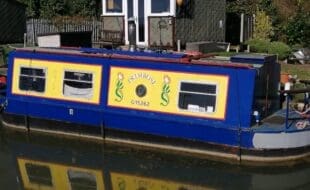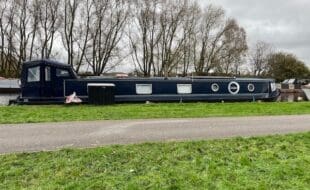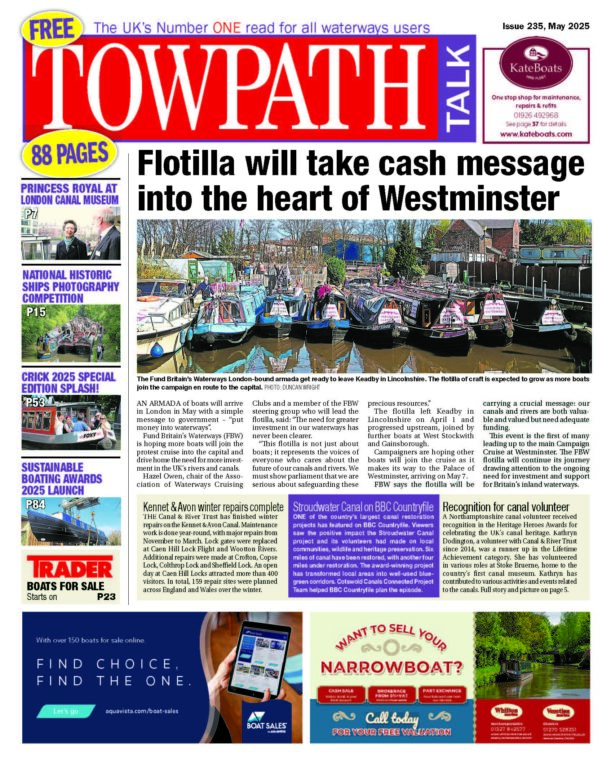The Canal & River Trust’s winter maintenance programme is imperative to the upkeep of Britain’s canal network. Sally Clifford gets a glimpse behind the scenes at one of the charity’s repair and restoration projects.
STEPPING down into a drained lock is a rare opportunity and certainly, a sight to behold. Concealed beneath the natural flow of water, the 5.5-metre deep, 25m long and 5m wide confines of Leeds River Lock 1 on the Leeds & Liverpool Canal was exposed for the first time since 2009.

Interestingly, the draining of the lock, to carry out repairs to both sets of wooden lock gates, the lock floor, stop plank grooves, ground paddles and the lock walls, revealed what appear to be some early timbers, perhaps from the original phase of construction of the lock in the 1770s.
This rare glimpse was revealed as part of a special behind-the-scenes event hosted by Canal & River Trust to give an insight into the charity’s annual programme of maintenance and repairs, and to profile its new winter fundraising appeal.
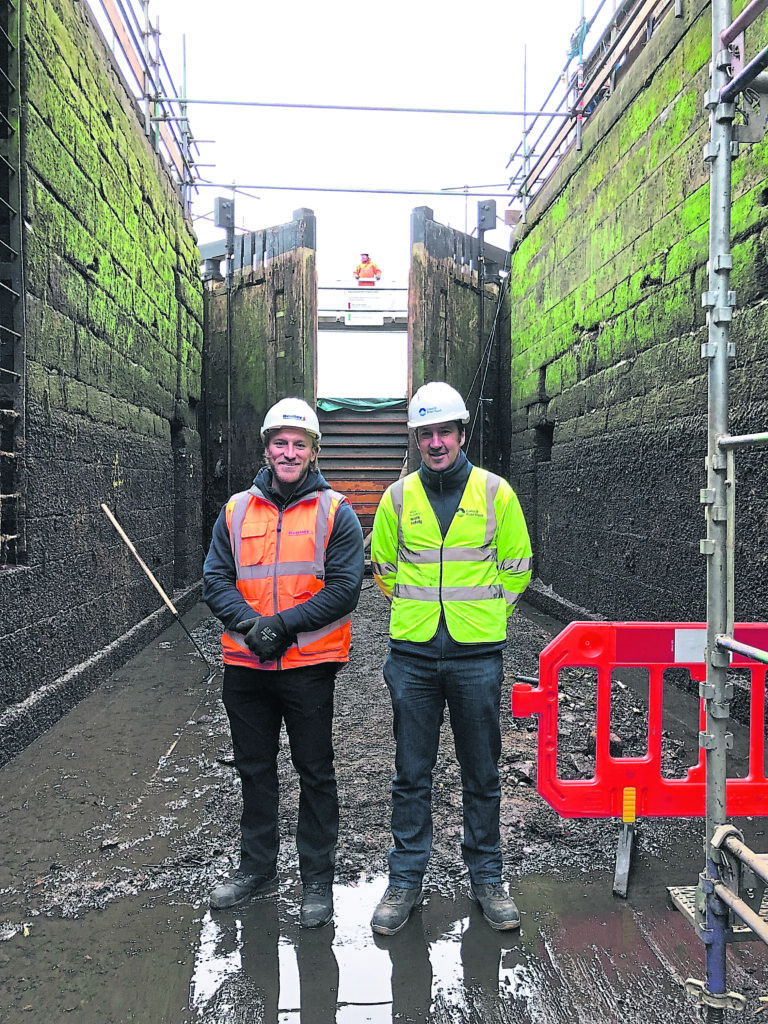
Dan Timbers, aptly named project manager at the trust, who is overseeing the repair programme, explained: “Built by hand around 250 years ago, our amazing historic waterways require constant maintenance. The condition and effectiveness of this lock have been deteriorating over several years and now require urgent repairs to be carried out.
“We are carrying out important repairs to help reduce the loss of water from the lock chamber which makes it difficult for boaters to raise the levels in the lock and loses valuable water from the canal to the river.
“Working during the winter months, when the waterfront area will be quieter, we aim to minimise impact on the local community and boaters and are keen to reopen the navigation and footbridge as soon as possible.”
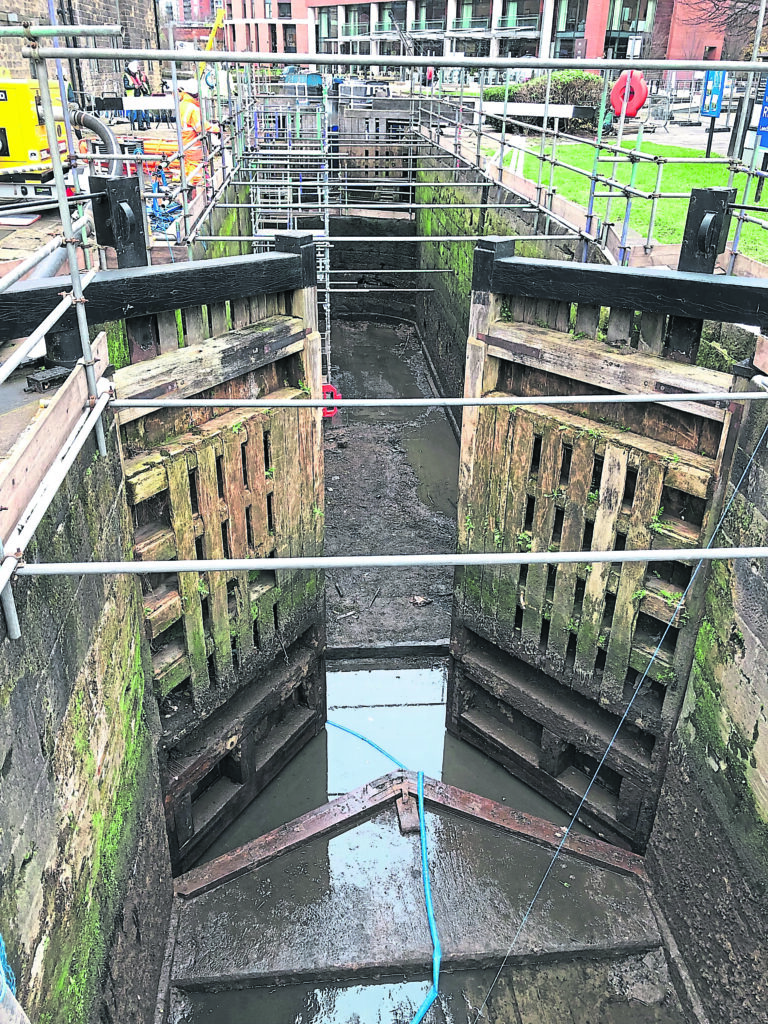
Gateway
Built in the mid-1770s at the end of the Leeds & Liverpool Canal basin in Granary Wharf, Leeds River Lock 1 was the eastern terminus of the Leeds & Liverpool Canal, providing a gateway for the passage of goods down the River Aire before going to east coast ports.
Located in a conservation area, such is its architectural and historical importance that in 1993 it was awarded Grade II* listed status and protection by Historic England.
Ruth Garratt, heritage adviser with the Canal & River Trust, explained the impact that the coming of the canal had in transforming the economic power of the area.
“Leeds became an industrial powerhouse. The area around the lock was very busy, with the basins, docks and canal company warehouse still standing close by, the area would have been a hive of activity, at a point where goods were exchanged for onward transport either inland or to coastal ports of Europe and beyond.
“During our winter works programme, the trust has come in to do vital repairs to stop the leakage. It is absolutely crucial that we fix the lock sensitively because of its historic value.”
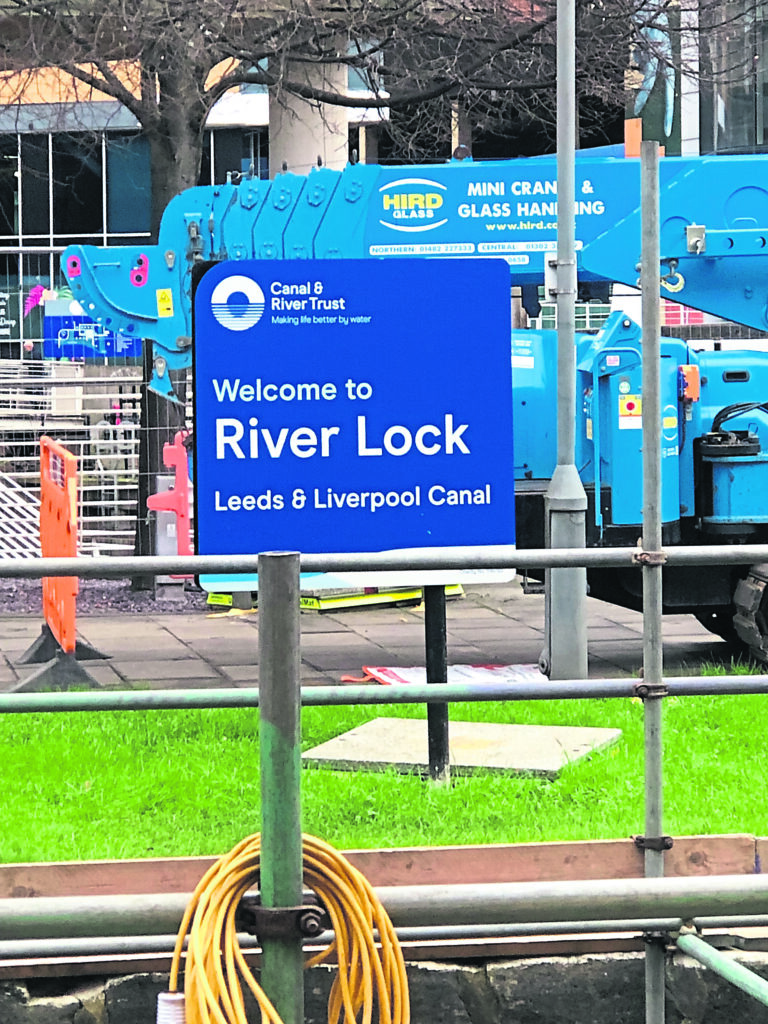
Climate change
Dating back to the 18th century, the canal network stretches 2000 miles across England and Wales. The popularity of this busy network, of which Yorkshire & North East region makes up 320 miles, has led to 10.3 million visits every fortnight and more boats than at the height of the Industrial Revolution. However, the charity is keen to protect these historic canals, with their centuries-old hand-crafted bridges, locks, tunnels, embankments and aqueducts from the impact of climate change.
Last winter alone, a succession of named storms caused almost £10m of additional and unforeseen repairs.
Richard Parry, chief executive at Canal & River Trust, said: “Britain’s ageing canals are a national treasure. And while the canal network is cherished by today’s society, it is, however, also facing a perfect storm, with costs rising and support from government reducing.
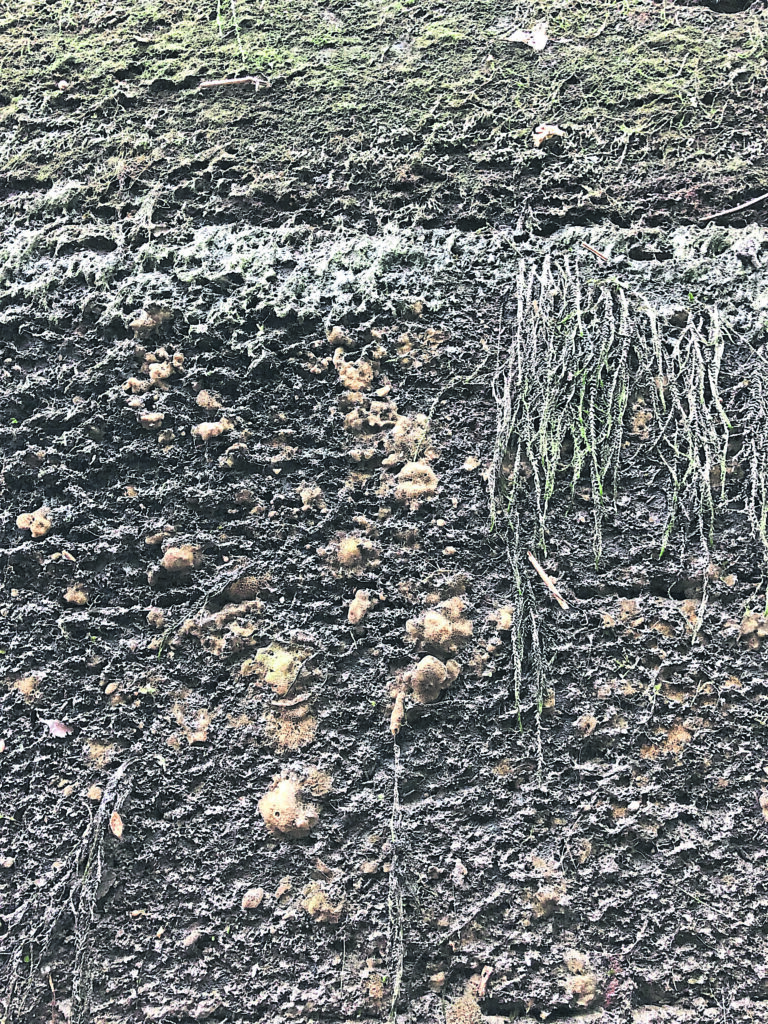
“As we head into winter, we’re bracing ourselves for more costly damage from extreme weather but also working to make these aged former transport routes, and the wildlife they support, as resilient as possible. Our specialist teams of skilled workers and volunteers will be giving long hours, carrying out heritage conservation works, and fighting to respond to the storms that are becoming ever more common.
“Keeping the canals open and safe requires millions of pounds and a year-round effort. We’re talking to government about the need for an active partnership, and we’re calling on people to donate and help us safeguard our canals and rivers for the future.”
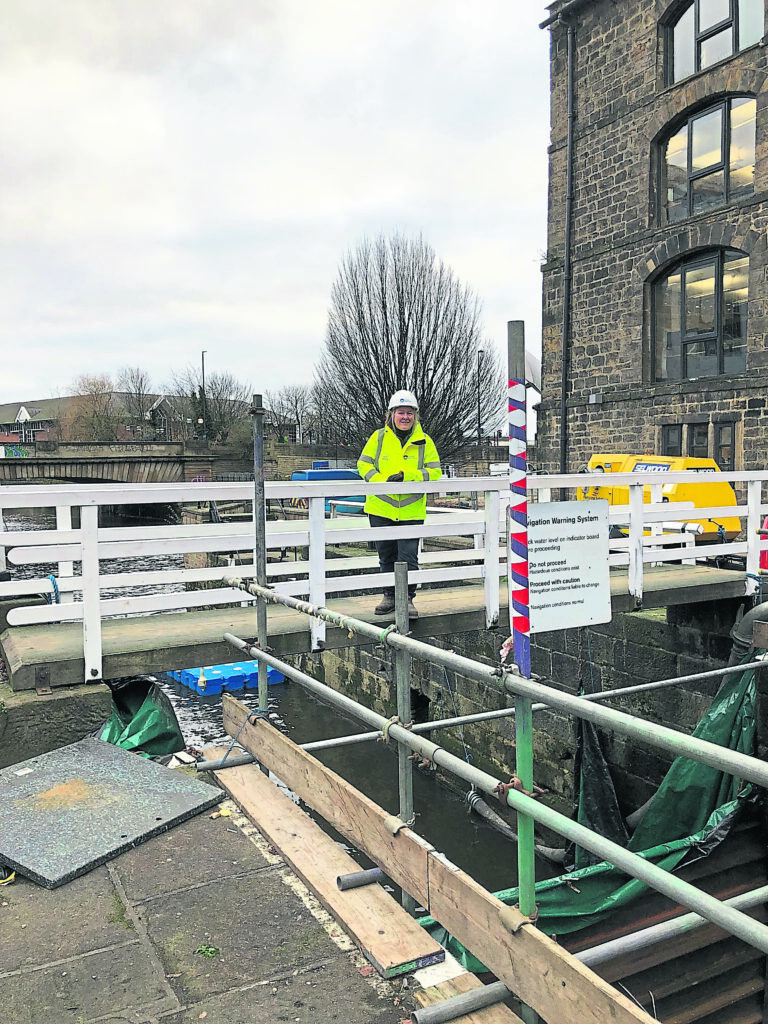
The Canal & River Trust has started work on a winter programme of important repair, heritage and conservation tasks at 159 sites across England and Wales; 129 new lock gates, handcrafted in the charity’s specialist workshops, will be installed, while other work includes masonry repairs to centuries-old bridges and tunnels, work to fix leaks and preserve water for navigation, and inspections of important ageing infrastructure. The charity is also using innovative techniques and materials to make the canals stronger and more resilient.For more information, visit: https://canalrivertrust.org/open-days-2024-25

